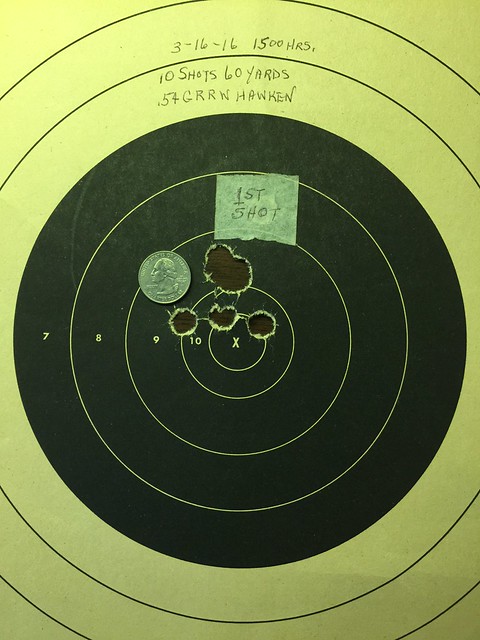I can see the picture fine.
I'm not sure that I can figure out what happened to the musket though.
The barrel tang seems to be bent but it is still in place at the breech of the barrel. The barrel itself doesn't look like it was damaged.
If I had to guess, it looks like someone slipped and tried using the gun to keep him from falling and this busted the stock right behind the lock mortise and thru the screw hole for the lock screw.
Here's the picture I'm seeing. (I took it from your post)

I'm not sure that I can figure out what happened to the musket though.
The barrel tang seems to be bent but it is still in place at the breech of the barrel. The barrel itself doesn't look like it was damaged.
If I had to guess, it looks like someone slipped and tried using the gun to keep him from falling and this busted the stock right behind the lock mortise and thru the screw hole for the lock screw.
Here's the picture I'm seeing. (I took it from your post)





 Hawken Caplock Accuracy
Hawken Caplock Accuracy